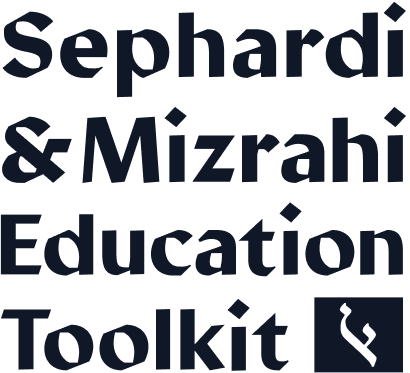Review and revise the school mission statement to demonstrate the school’s prioritization of inclusion. Establish inclusion goals and create a timeline for integration; even if goals may be superficial in the first year of these initiatives, a meaningful long-term plan will ensure the initiatives will happen. Explore ways to make the mission visible and actionable on a regular basis. For instance, choose photos for promotional materials that showcase the diversity of the student and parent body; stock the library with Sephardic commentaries and legal responsa; and showcase food and music at school events that integrate Sephardi/Mizrahi cultures from different regions.
Seek out candidates who are committed to fostering an environment inclusive of students from all backgrounds. Hiring a diverse staff also enriches the school community and students’ experiences. Assess the cultural knowledge of your job candidates, and look for dispositions of curiosity, care, humility, and growth. If candidates are invested in the values and mission of the school, they will be an asset to your inclusion goals, even if they are not currently knowledgeable about Sephardi/Mizrahi culture, heritage, or practice.
Intentional, frequent professional development opportunities broadcast your mission priorities while helping staff to learn Sephardi/Mizrahi content and develop practical inclusion strategies. Provide teachers with discipline-specific content to support inclusion efforts in the curriculum, and offer pedagogy and teaching workshops to help teachers feel confident as they create inclusive classroom climates. Hold critical reflection sessions throughout the year to give faculty the opportunities to reflect on their own inclusion practices and learn from each other, and facilitate connections with faculty from other schools to learn about inclusion efforts in other communities. Encourage your staff to seek out trainings that further your inclusion goals, and provide them with the funds and time they need to attend.
Select a point person and/or a committee of staff members who are committed to the school’s inclusion aims, and who take ownership of planning and implementing Sephardic/Mizrahi inclusion initiatives. Carve out time in the school calendar for committee planning meetings, and for students to engage with Sephardi/Mizrahi learning and culture. Earmark funds and fundraise for these initiatives to foster buy-in from the broader school committee.
To ensure that Sephardi and Mizrahi students feel safe and welcome in your school community, make sure that harassing language and behavior are strictly and proactively banned. Establish clearly written anti-bullying, anti-harrassment, and anti-discrimination policies, and require all members of the school community to read and agree to abide by the policies. Train faculty and staff to uphold these policies by demonstrating what they should do if they witness harassing behavior or speech. These policies should include a protocol for students and families to follow if they experience or witness discrimination, as well as a protocol for school personnel to follow if a complaint is made.
Establish direct lines of communication with members of diverse communities among your parent body, and invest in building ongoing and open communication habits. Build relationships with community leaders who can speak to the needs of diverse groups among the school families. Hold outreach events at the school, and invite members of diverse communities to join. Likewise, seek out events run in diverse groups of the local community, and send school representatives to participate.







